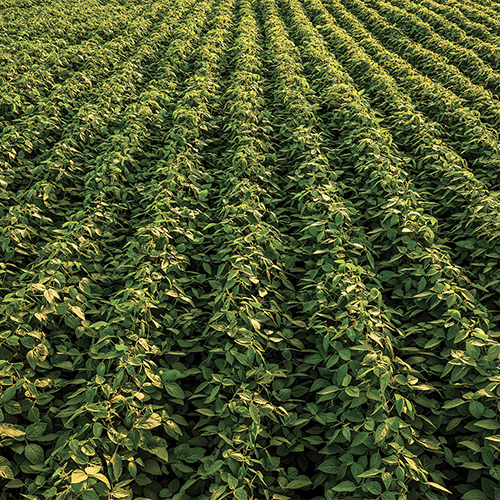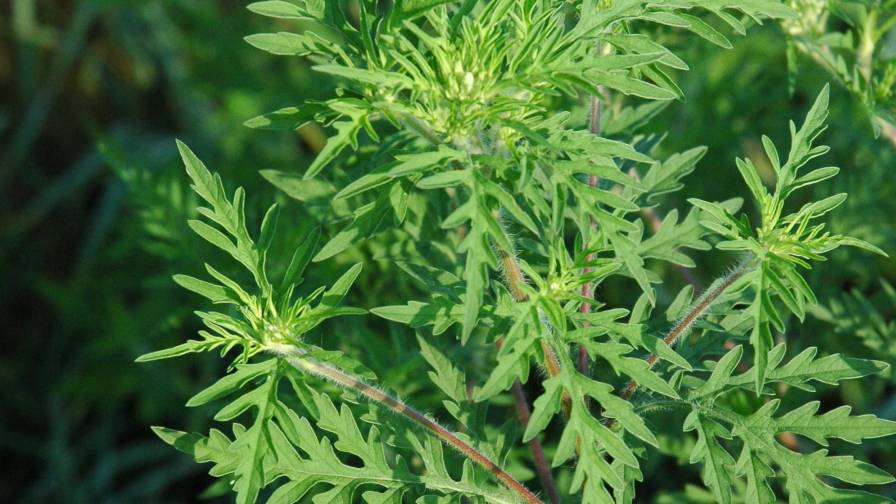CropLife 100: Seed in 2018? It is Certain
With the 2017 CropLife 100 Report, the seed category continued to build on its upward sales growth curve, as the category had done the previous two years. At that time market observers wondered if this would remain the case during the 2018 growing season.
Not surprisingly, the answer was “yes.” According to the 2018 CropLife 100 survey, the nation’s top ag retailers saw their seed category sales volume grow another 2% for the year. Revenues for the category now stand at $4.8 billion, up from just under $4.7 billion in 2017. Market share among all crop inputs/services for seed remained at 16%.
What makes this gain a bit surprising is how the category arrived here at all in 2018. According to 2018 CropLife 100 ag retailers, less than half of them saw improved seed sales for the year in the two major segments of the market, biotech seeds and traditional seeds. In fact, among the nine segments of crop inputs/services tracked for sales volume in the CropLife 100 survey, these two were the lowest rankers on the list and the only two in which less than half of the respondents reported sales increases year over year.
For biotech seeds in 2018 the percentage of ag retailers within the CropLife 100 that reported sales increases of between 1% and more than 5% stood at 49%. Another 29% of respondents said their biotech seed sales were flat in 2018 vs. 2017. The remaining 22% saw their biotech seed sales decline between 1% and more than 5%.
In the traditional seed segment, the numbers were even lower. Here, according to CropLife 100 ag retailers, only 33% recorded sales gains of between 1% and more than 5%. The majority (51%) had flat sales for this segment from one year to the next. The remaining 16% recorded revenue declines of 1% to more than 5% in this area.
As I See It, Yes
With another good sales year behind it, what does 2019 hold for the seed category? If CropLife 100 ag retailers are correct, all signs point to yes — for more corn seed, that is.
Just to review, during 2018 growers across the U.S. planted more acreage in soybeans vs. corn for the first time since Ronald Reagan was President in the 1980s. Part of this was motivated by the consistently higher soybean commodity prices compared with corn — a situation that has been in place for several years now — in part because of increased demand for soybeans from overseas buyers, namely China.
During mid-2018, however, the U.S. began a highly publicized trade war with China, and the country essentially halted many of its purchases of U.S.-grown soybeans. With this trade war still in effect at presstime, many ag retailers feel that soybean’s brief reign as “king of row crops” will end once the calendar turns to 2019.
In fact, according to the 2018 CropLife 100 survey, 58% of respondents expect corn acreage (and seed sales by extension) to increase between 1% and more than 10% during 2019. Only 16% of the nation’s top ag retailers foresee a decline coming for corn acreage.
This is almost the exact opposite, numbers-wise, for the predictions for soybean seeds. In this area, 53% of CropLife 100 ag retailers believe acreage and seed sales for soybeans will fall between 1% and more than 10% next year. Only 21% are optimistic that acreage for this crop will increase between 1% and more than 10%.






